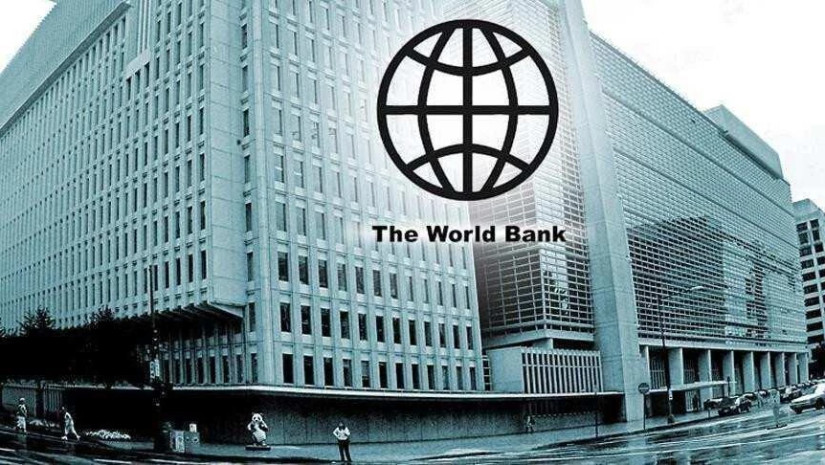The World Bank published its January 2021 Global Economic Prospects. According to the report, the COVID-19 pandemic has generated a major health and economic crisis in the region that has been compounded by social unrest and conflict. After stabilizing in mid-2020, the rate of cases sharply accelerated in the fourth quarter, forcing governments to maintain or reintroduce mitigation measures. Regional GDP is estimated to have contracted 2.9% last year, with nearly all economies in recession and roughly two-thirds expected to experience deeper contractions than during the global financial crisis. The economies hardest hit by the pandemic are those with strong trade or financial linkages to the euro area and those heavily dependent on services and tourism (Croatia, Kosovo, Montenegro).
The region’s emerging market and developing economies have experienced larger portfolio outflows than other economies, reflecting a loss of confidence and a flight to safety. Fiscal support packages have been announced in nearly all Europe and Central Asia economies. Despite these and other support measures, the pandemic is estimated to have triggered millions of job losses in the first three quarters of last year in Europe. Increases in the number of unemployed were particularly pronounced in Central Europe and Russia.
Outlook: The regional economy is forecast to expand only moderately in 2021, to 3.3%, as the resurgence of COVID-19 cases causes persistent disruptions to activity. The outlook is predicated on the distribution of an effective vaccine in early in 2021 in advanced economies and major emerging market and developing economies, including Russia, and later in the year for other countries. It also assumes that geopolitical tensions do not re-escalate in the region.
Growth in Russia, the region’s largest economy, is envisioned to pick up only modestly in 2021, to 2.6%, as the country grapples with a renewed acceleration in COVID-19 infections. Growth is expected to be supported by the rollout of a vaccine, a rise industrial commodity prices, and continuation of supportive policy
measures. The Turkish economy, the second largest in the region, is projected to grow 4.5% in 2021 as a
recovery in domestic demand takes hold and external demand picks up.
Growth in Central Europe is envisioned to firm this year to 3.6%, supported by recovery in trade, as activity
rebounds in the euro area. Exceptional policy accommodation is expected to continue throughout 2021, including near-zero policy interest rates (Hungary, Poland). Growth in the Western Balkans is expected to recover to 3.5% in 2021, assuming that consumer and business confidence are restored as COVID-19 is brought under control and that political instability eases.
The sub-regional economy of Eastern Europe is projected to rise to a tepid 1.3% in 2021, reflecting challenges related to the pandemic, subdued domestic demand, and political tensions in Belarus. Growth in the South Caucasus is projected to rise 2.5% in 2021, as the shocks related to the pandemic and conflict dissipate, and as tourism recovers alongside improving consumer and business confidence. In Central Asia, growth is expected to recover to 3% this year, supported by a modest rise in commodity prices and foreign direct investment as the subregion deepens its integration with China’s Belt and Road Initiative.
Risks: Risks to the outlook are tilted markedly to the downside. The near-term growth outlook for the region is clouded by uncertainty around the recent surge in cases, which has contributed to social unrest in some countries, and the risk of an escalation of geopolitical tensions. The rise in COVID-19 cases in Europe and Central Asia could lead to more stringent restrictions and responses by households and firms.











